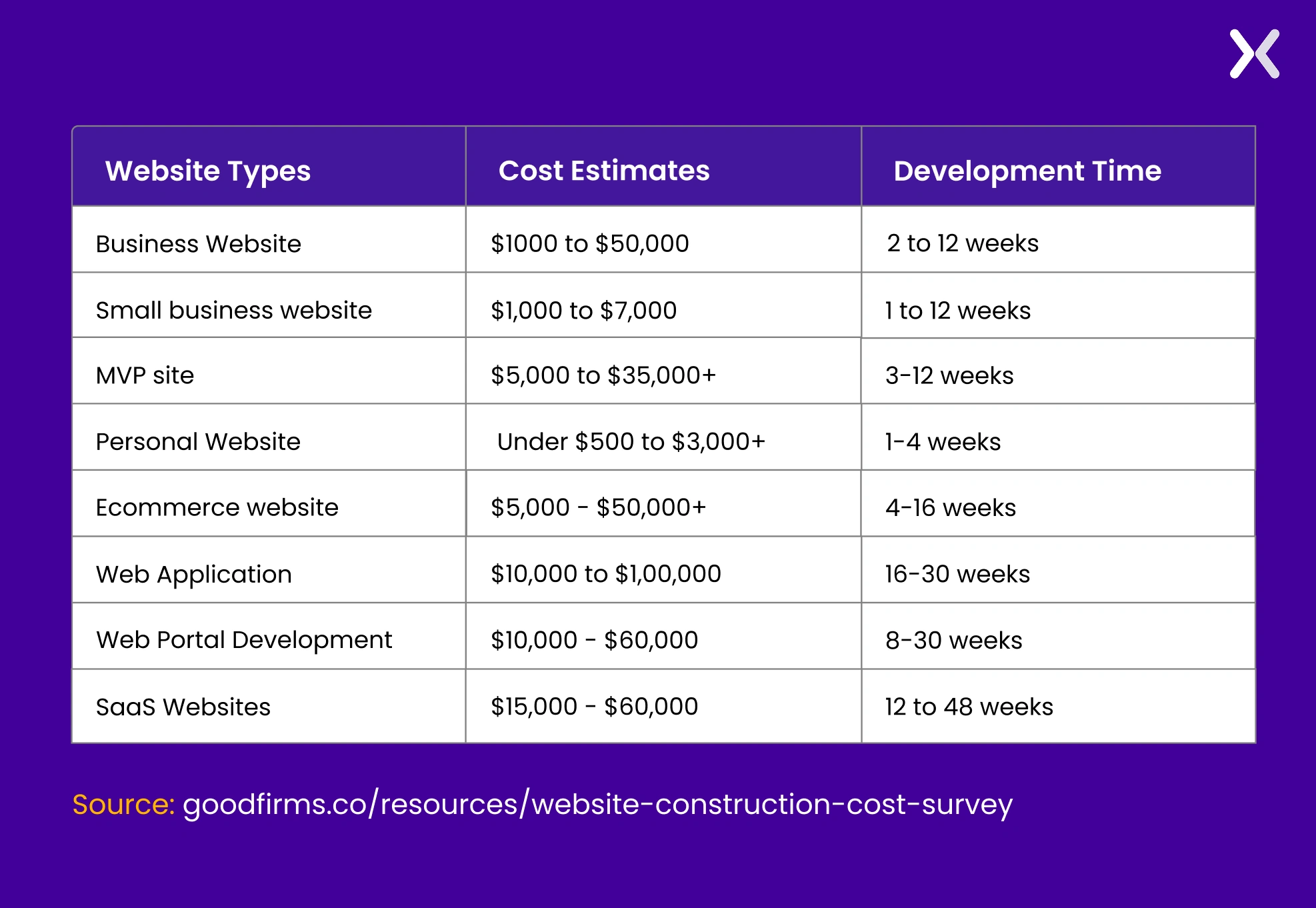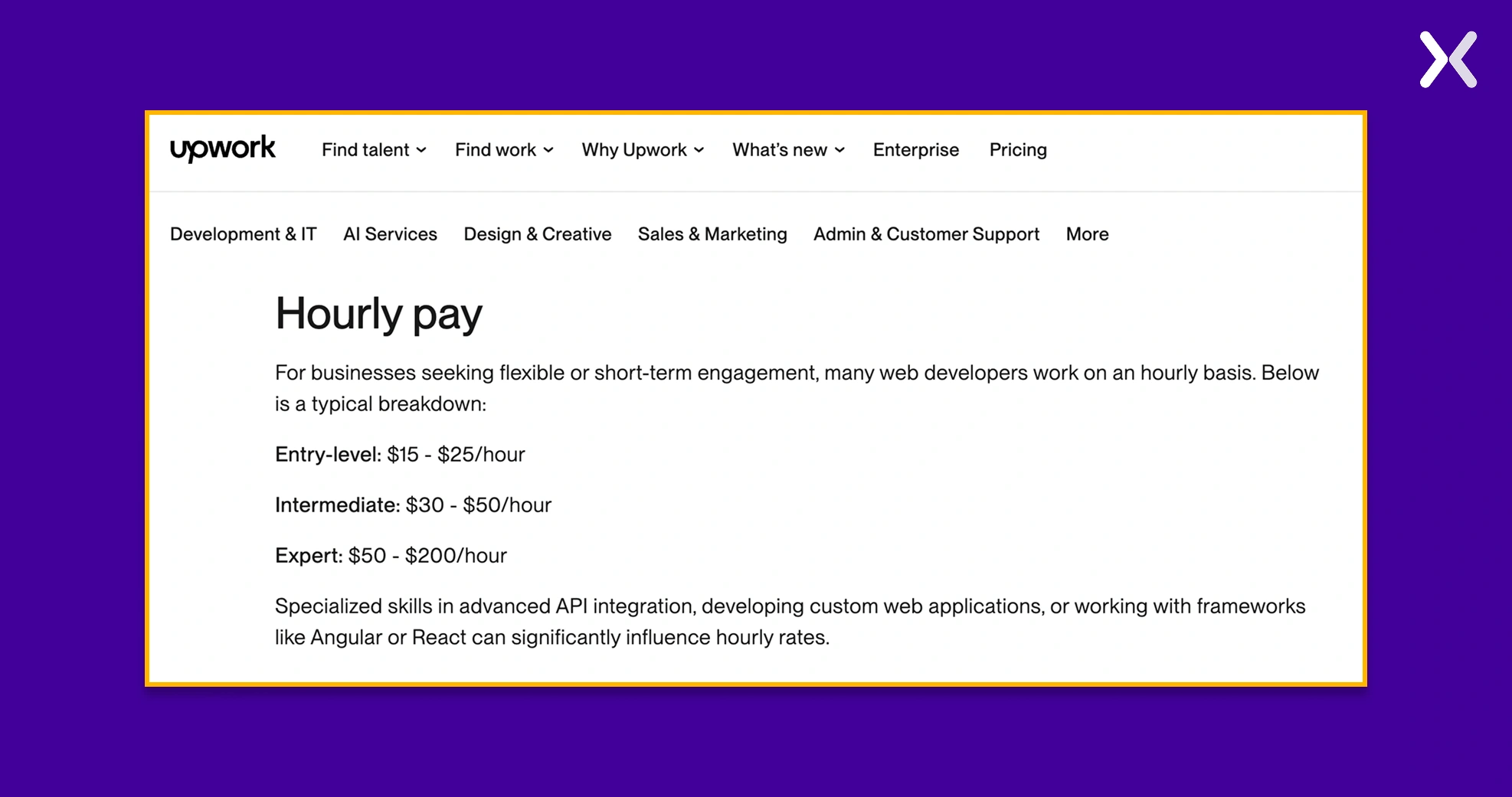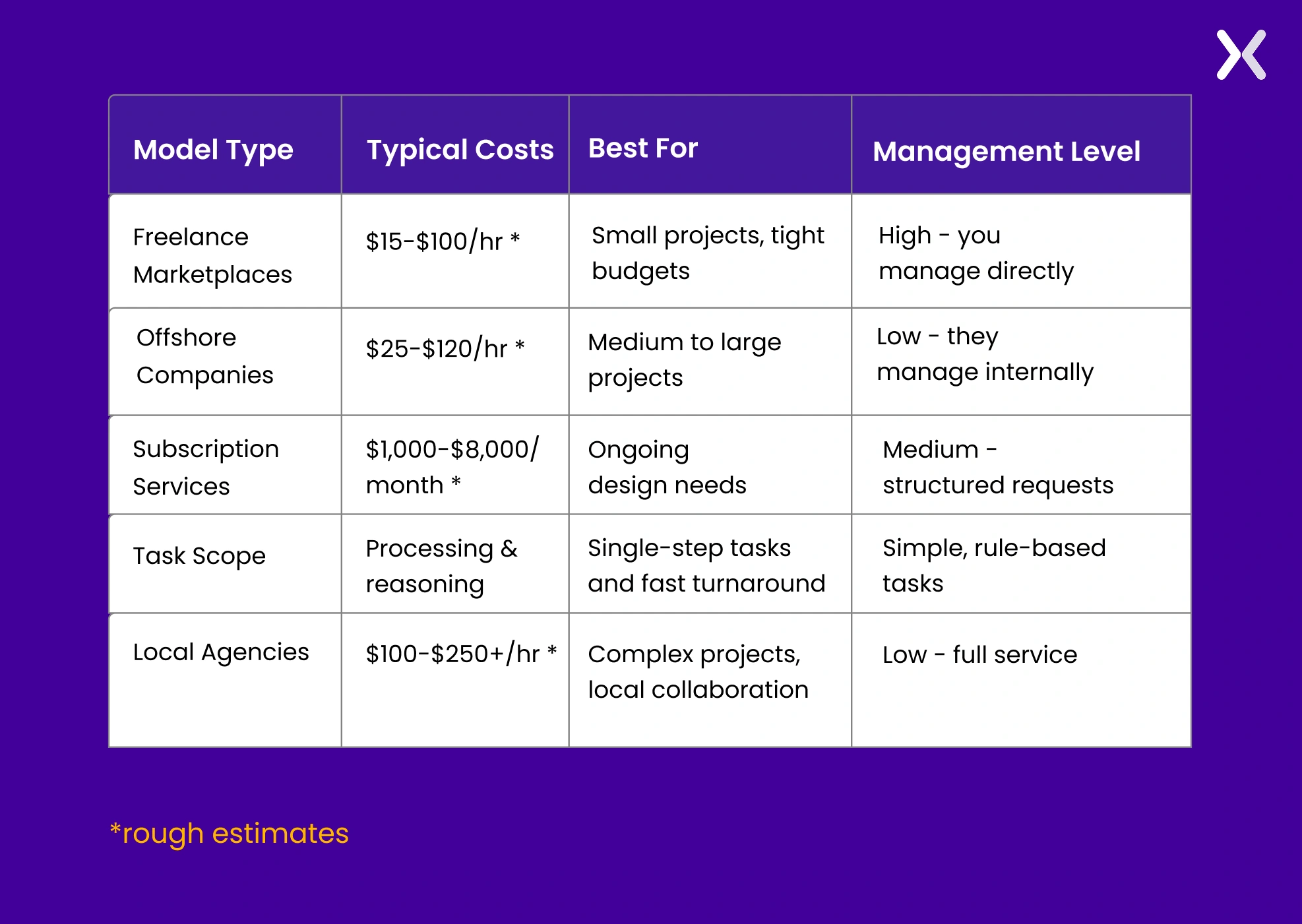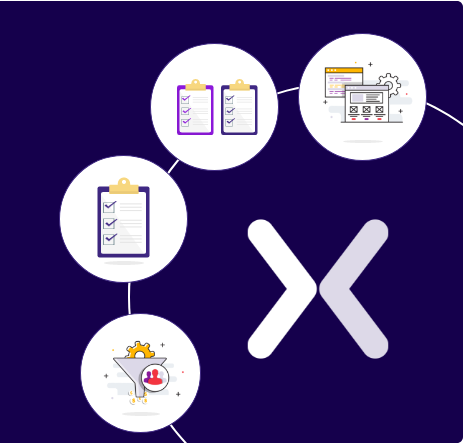Website design outsourcing has become increasingly relevant for agencies of all sizes. Finding web design talent and managing budgets is more complex and varied than ever before.
Many businesses are exploring outsourcing for the first time as they look to launch new digital projects, update existing sites, or scale up quickly. The options available now go beyond traditional agency models, reflecting changes in technology, work habits, and budget expectations.
This article will examine how website design outsourcing works today, what it means, and how the costs are structured as we approach 2025.
Notably, 92% of the world’s largest 2,000 companies are already outsourcing IT services, while 78% of businesses globally are either currently outsourcing or planning to implement outsourcing strategies.
Website design outsourcing means hiring people or companies outside your organization to create, redesign, or maintain your website.
Instead of building an internal team, you work with freelancers, agencies, or specialized firms to handle these projects.
The outsourcing landscape has expanded beyond traditional web design agencies. Today’s options include:
Freelance marketplaces: Platforms like Upwork and Fiverr, where you hire individual designers.
Offshore companies: Full-service teams based in countries with lower operating costs.
Subscription services: Monthly plans that provide ongoing design work.
Local agencies: Regional firms that offer face-to-face collaboration.
Such variety gives businesses the flexibility to match their specific needs, timeline, and budget with the right type of provider.
Website design outsourcing costs typically fall into three main categories based on project size and complexity. Drawing on reliable industry research and our own experience, we’ve outlined the following estimated pricing ranges for website design outsourcing.
Basic websites with 5-10 pages, contact forms, and standard features cost between $1,000 and $7,000 for complete projects. Single landing pages focused on specific campaigns or offers range from $500 to $2,500 per page.
These projects work well for small businesses, service providers, or anyone who needs a simple online presence without complex functionality.
Websites with custom features, user accounts, payment processing, and moderate complexity typically cost $7,000 to $35,000. This category includes most eCommerce stores, membership sites, and platforms with interactive elements.
The final price depends on how many products you’re selling, what payment methods you accept, and whether you need features like inventory management or customer dashboards.
Complex websites with advanced integrations, custom development, and scalable architecture start around $40,000 and can exceed $150,000. These projects often involve multiple phases, extensive testing, and ongoing optimization.
Large businesses, SaaS companies, and organizations with unique technical requirements typically fall into this range.
For added clarity, the GoodFirms survey provides the following cost benchmarks.

Several variables affect how much you’ll pay for outsourced web design work. Some crucial ones are:
The scope of your project greatly impacts cost because it determines the time, effort, and expertise required. A small five-page brochure website tyically involves limited customization and relatively simple layouts.
However, a larger fifty-page corporate site with product catalogs, dynamic content, or multiple landing pages demands significantly more planning, design iterations, and development hours. Additional sections like blogs, case studies, or portfolios further increase the workload, resulting in higher costs overall.
Adding a basic contact form requires little time and minimal coding knowledge. In contrast, features such as user dashboards, advanced search functionality, payment gateways, or third-party software integrations often demand custom solutions.
These tasks require specialized developers, careful testing, and ongoing debugging. As complexity grows, the number of required development hours increases substantially, which directly drives up the total outsourcing costs of your website.
The geographic location of your outsourcing provider affects labor costs, as developer rates vary widely between regions. For example, agencies and freelancers in North America or Western Europe charge premium fees due to higher living expenses and wage standards.
In contrast, skilled teams from Eastern Europe, Latin America, or Asia often provide comparable quality at significantly reduced rates. Many companies balance cost and quality by outsourcing to regions with strong technical expertise but more affordable hourly rates.
Standard projects with flexible schedules allow teams to manage resources efficiently and complete work at normal rates. However, urgent projects requiring completion within weeks instead of months create additional pressure.
Agencies often need to dedicate more staff, extend working hours, or prioritize their project over others. These conditions typically increase total costs by 20–50%, depending on the urgency and complexity of the requested features.
After the initial website launch, the level of post-launch support you require affects long-term outsourcing expenses. Basic maintenance, including occasional updates and simple bug fixes, is relatively inexpensive.
However, comprehensive support packages that include continuous security monitoring, regular performance optimization, monthly updates, and feature enhancements involve higher recurring fees.
Businesses that rely heavily on their websites for revenue or lead generation often invest more in robust ongoing support to ensure optimal functionality, stability, and protection against threats.
Four main approaches exist for finding and working with outsourced web design teams.
Platforms like Upwork, Fiverr, and Freelancer connect you directly with individual designers and developers. You review portfolios, compare rates, and manage the relationship yourself.
Upwork lists freelance web developers charging between $15–$100/hr, depending on skills and experience.

This option offers the most control over costs and provider selection, but requires more hands-on project management from your side.
Full-service agencies based in countries with lower operating costs provide complete project management and team coordination. Communication may involve time zone differences, but many firms have English-speaking project managers.
Index reports offshore developer rates typically range from $20–$120/hr, depending on region.
These companies often deliver good value for medium to large projects where you want professional management without premium local rates.
Monthly design services provide ongoing access to design resources for a fixed fee. You submit requests through their system and receive completed work within agreed timeframes.
This model works well for businesses that need regular updates, new landing pages, or ongoing optimization work. It is hard to estimate the pricing for website outsourcing subscription services, as different companies will have different custom pricing.
Regional firms offer face-to-face meetings, shared time zones, and a deep understanding of local market conditions. They typically provide the most comprehensive service, but at premium pricing.
Choose local agencies when project complexity, compliance requirements, or communication preferences justify the higher costs.

Website projects involve expenses beyond the initial design and development work.
Migrating content and optimizing for search can cost anywhere from $500 to $5,000, depending on site complexity and volume. Setting up proper redirects, metadata, and indexing often requires technical SEO expertise and specialized tools to maintain search visibility and domain authority.
According to WebFX data, small businesses typically spend $3,600–$12,000 annually on maintenance, while medium enterprises may spend $12,000–$30,000 annually. That equates to approximately $300–$2,500 per month, depending on size, features, updates, and security needs.
While exact conversion optimization costs vary widely, industry benchmarks show average CRO spend is around $2,000 per month on tools and experimentation involves dedicated staffing or agency effort. Investing strategically in CRO can yield substantial ROI long term.
Smart planning helps control website design outsourcing costs while maintaining professional results.
Define requirements clearly: Detailed specifications prevent scope creep and change orders that increase costs. Include page counts, feature lists, and design preferences upfront.
Use phased approaches: Break large projects into smaller milestones. This allows better cost control and lets you adjust direction based on early results.
Provide assets: Having logos, photos, and content prepared saves design time. Professional photography and copywriting done separately often costs less than bundling everything together.
Streamline feedback: Organize reviews efficiently with consolidated comments and clear approval processes. Multiple revision rounds increase project costs and timelines.
Effective website design outsourcing goes beyond visual appeal to focus on business results.
Track metrics like website conversion rates, page load speeds, and user engagement rather than just aesthetic preferences. Clear performance targets help outsourced teams understand what success looks like for your business.
Plan for ongoing A/B testing of key pages and elements. Many successful businesses see 20-30% improvement in conversions through systematic testing and optimization after launch.
Ensure outsourced work prioritizes mobile responsiveness, fast loading times, and clear navigation. These technical factors directly impact both user satisfaction and search engine rankings.
Quality website design outsourcing combines cost-effective execution with a conversion-focused strategy. The key lies in choosing providers who understand both design principles and business objectives.
A well-structured partnership not only reduces hidden costs but also ensures long-term growth through scalable design, reliable maintenance, and measurable performance improvements. Businesses that prioritize strategic outsourcing position themselves to maximize ROI and maintain a strong competitive edge online.
Drive More Sales or Leads With Conversion-Focused Websites and Landing Pages
Get Started
In today’s fast-paced digital world, having a responsive website is no longer just a nice-to-have, it’s essential. Whether...
As artificial intelligence continues to evolve, businesses are finding innovative ways to enhance their marketing efforts. One of...
Get quality posts covering insights into Conversion Rate Optimisation, Landing Pages and great design